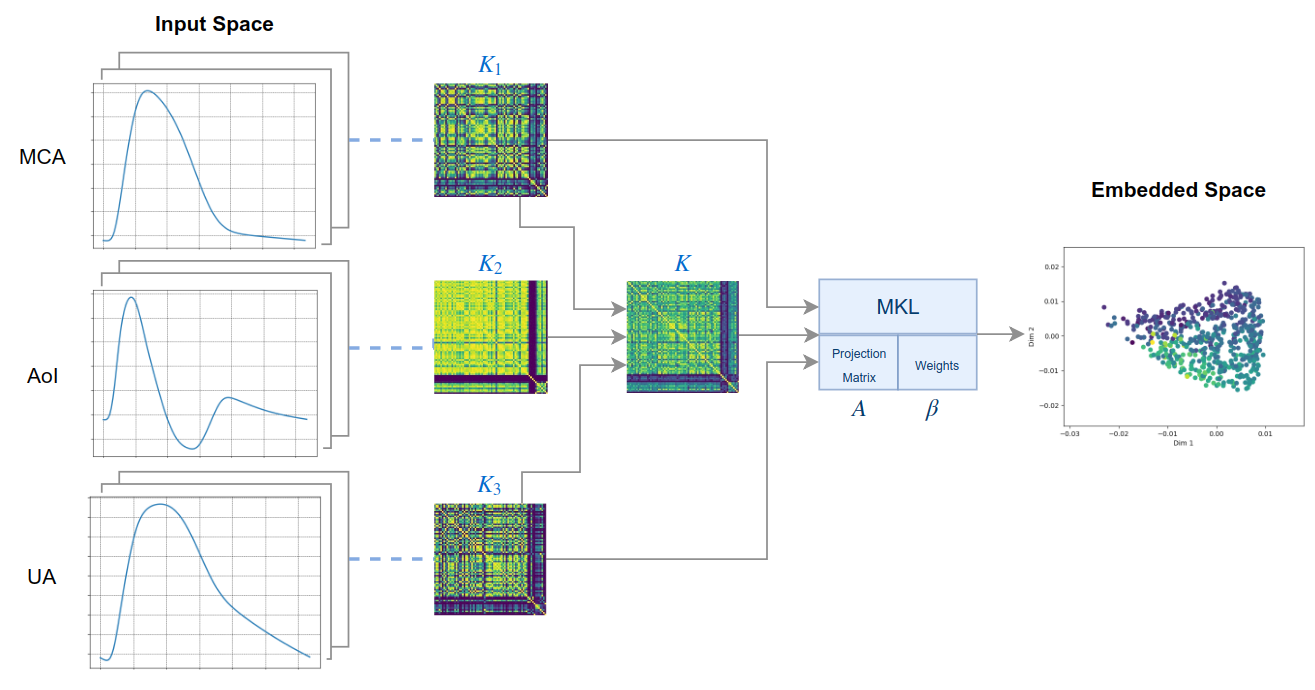Projects

Learn clinically meaningful patterns from medical data.
We study how to fuse heterogeneous information in a meaningful manner to leverage information from multiple sources to better characterize risk factors of the disease.
Reduce the strong data requirements in data-driven approaches of medical problems.
We want to investigate different methodologies to face typical challenges in medical datasets. Namely, class-imbalance and considering datasets with a reduced number of annotations. We plan to investigate alternatives to supervised learning.